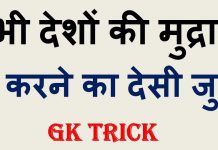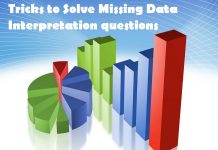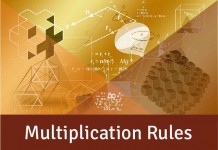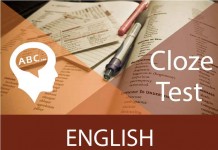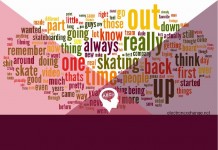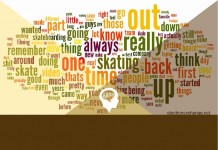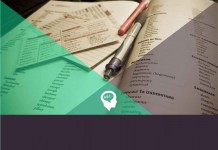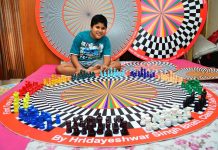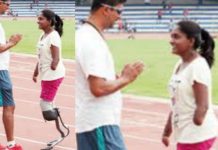Arrangement Based Questions: Set 29
Directions ( 1-5 ) : Study the following information to answer the given questions:
Twelve people are sitting in two parallel rows containing six people each, in such a way that there is an equal distance between adjacent persons. In row-1 P, Q, R, S, T and V are seated and all of them are facing South. In row-2 A, B, C, D, E and F are seated and all of them are facing North. Therefore, in the given seating arrangement each member seated in a row faces another member of the other row.
S sits third to right of Q. Either S or Q sits at an extreme end of the line. The one who faces Q sits second to right of E. Two people sit between B and F. Neither B nor F sits at an extreme end of the line. The immediate neighbour of B faces the person who sits third to left of P. R and T are immediate neighbour of each other. C sits second to the left of A. T does not face the immediate neighbour of D.
1). Who amongst the following faces S?
a) A
b) B
c) C
d) D
e) F
2). How many persons are seated between V and R?
a) One
b) Two
c) Three
d) Four
e) None
Solve the Above Test with answers, Explanations, and more Questions
SEHPAATHI TEST APPLICATION : CHALLENGE YOURSELF
Test: Bnk_Reasoning_Puzzles_Set24
3). P is related to A in the same way as S is related to B based on the given arrangement. To which of the following is T related to, following the same pattern?
a) C
b) D
c) E
d) F
e) Cannot be determined
4). Which of the following is true regarding T?
a) F faces T
b) V is an immediate neighbour of T
c) F faces the one who is second to right of T
d) T sits at one of the extreme ends of the line
e) Q sits second to the right of T
5). Four of the following five are alike in a certain way based on the given arrangement and so form a group. Which is the one that does not belong to that group?
a) A-T
b) B-T
c) F-P
d) C-V
e) E-Q
ANSWERS:
1. a 2. b 3. b 4. c 5. e

